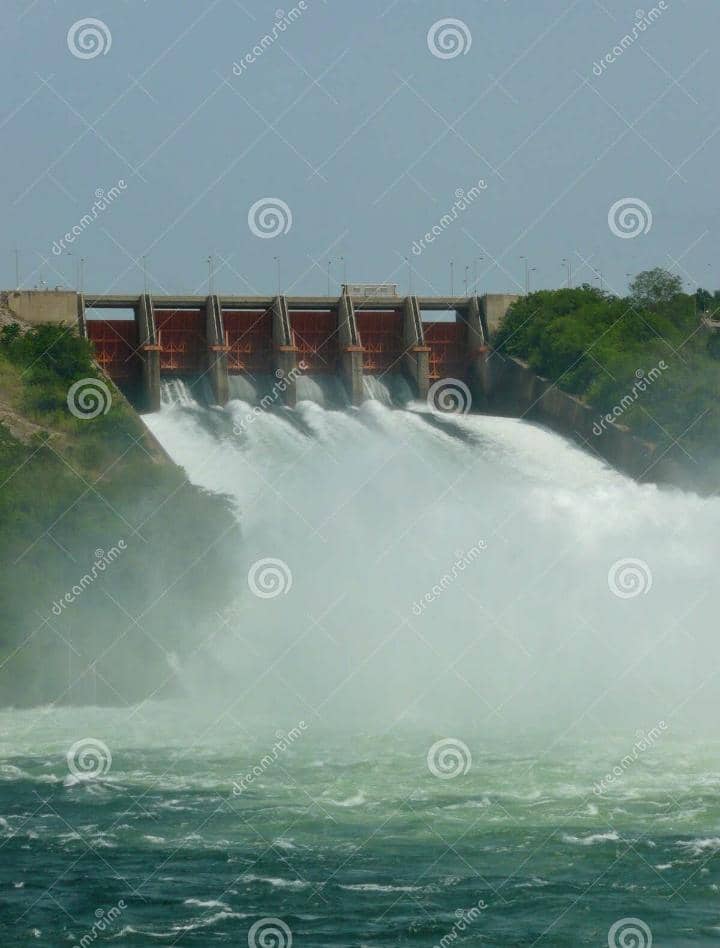Lake Volta, the world’s largest man-made lake, is a testament to human ingenuity and the power of engineering. Located in southeastern Ghana, this vast body of water was created by the construction of the Akosombo Dam on the Volta River.
Spanning an impressive 8,502 square kilometers, Lake Volta is a vital resource for the region, serving as a source of hydroelectric power, a hub for fishing and transportation, and a growing tourist attraction.
The primary purpose of Lake Volta is to generate hydroelectric power. The Akosombo Dam, completed in 1965, was initially designed to supply electricity for Ghana’s aluminum industry and now provides about 85% of the country’s electricity. The dam’s original output of 912 megawatts was upgraded to 1,020 megawatts in 2006, reflecting the growing energy demands of Ghana and neighboring countries like Togo and Benin.
The creation of Lake Volta had significant social and environmental impacts. Approximately 78,000 people were displaced due to flooding, affecting over 700 villages.
The resettlement process was chaotic, leading to long-term challenges for the affected communities, including loss of traditional livelihoods and increased poverty.
Additionally, the lake’s ecosystem has been altered, contributing to the proliferation of waterborne diseases and invasive species.
Despite these challenges, Lake Volta has become an important economic asset. It supports a thriving fishing industry and serves as a navigable waterway, facilitating trade and transportation between Ghana’s northern regions and the coast.
Tourism is also on the rise, with attractions such as Dodi Island drawing visitors to the area.
Lake Volta is a critical component of Ghana’s infrastructure and economy. While it has provided significant benefits in energy production and transportation, the social and environmental consequences of its creation continue to pose challenges that require ongoing attention and management.
As Ghana looks to the future, the sustainable management of this vast artificial wonder will be crucial for ensuring its continued benefits for generations to come.

